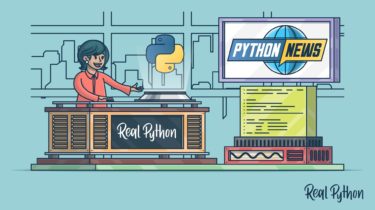Why you really need to upgrade pip
New software releases can bring bug fixes, new features, and faster performance. For example, NumPy 1.20 added type annotations, and improved performance by using SIMD when possible. If you’re installing NumPy, you might want to install the newest version. Unfortunately, if you’re using an old version of pip, installing the latest version of a Python package might fail—or install in a slower, more complex way. Why? The combination of glibc versioning, the CentOS end-of-life schedule, and how pip installs packages. […]
Read more
